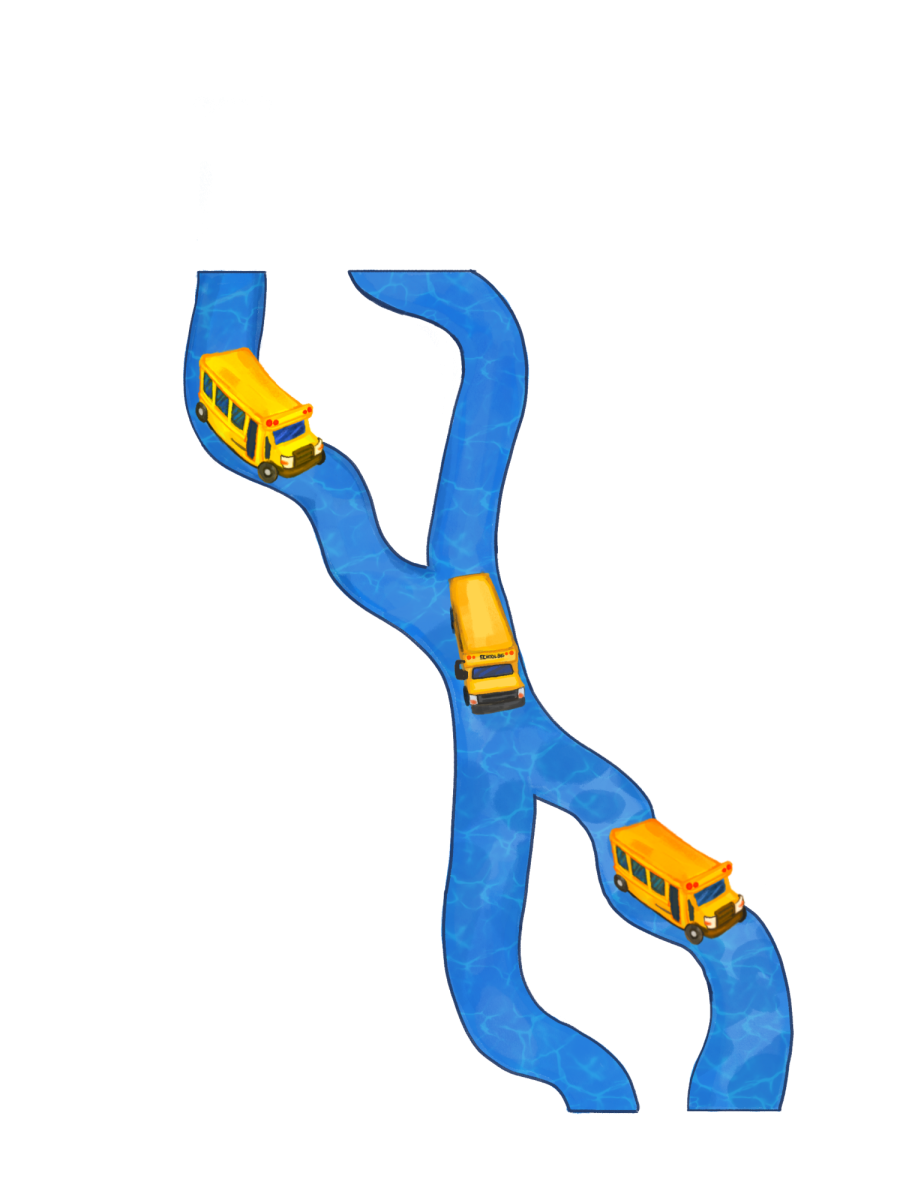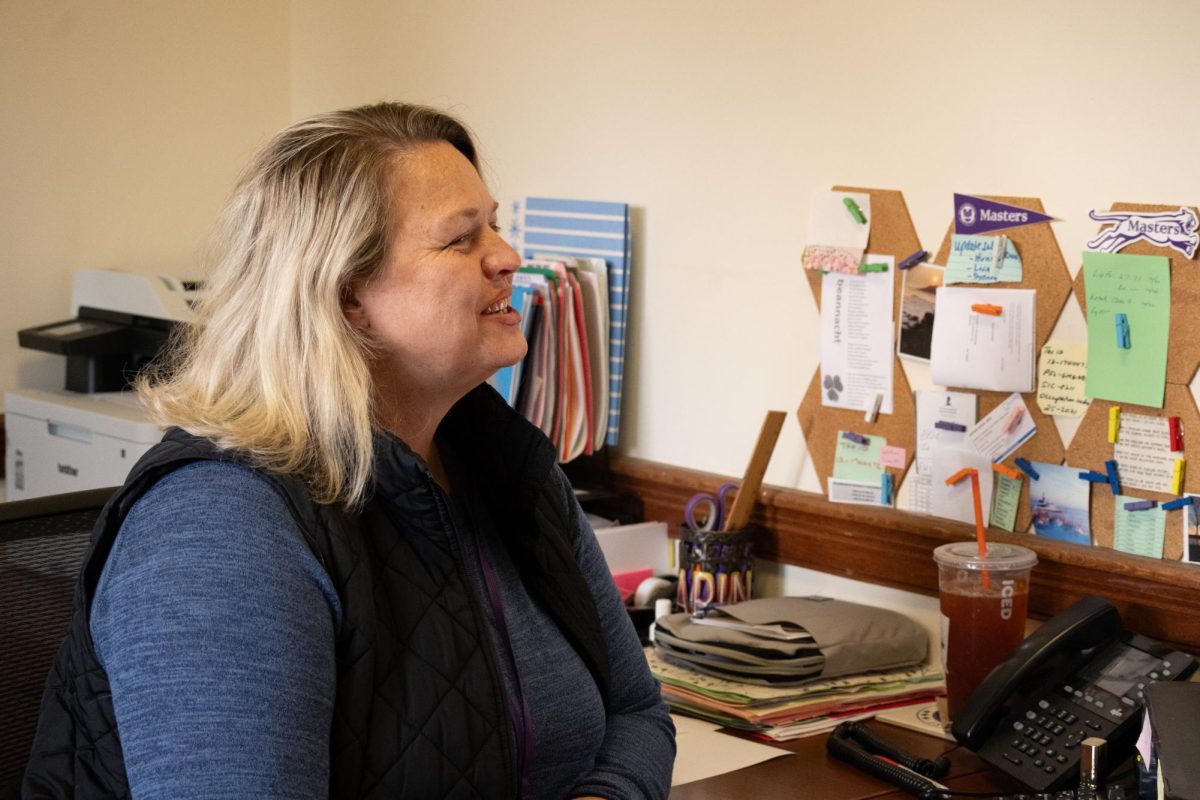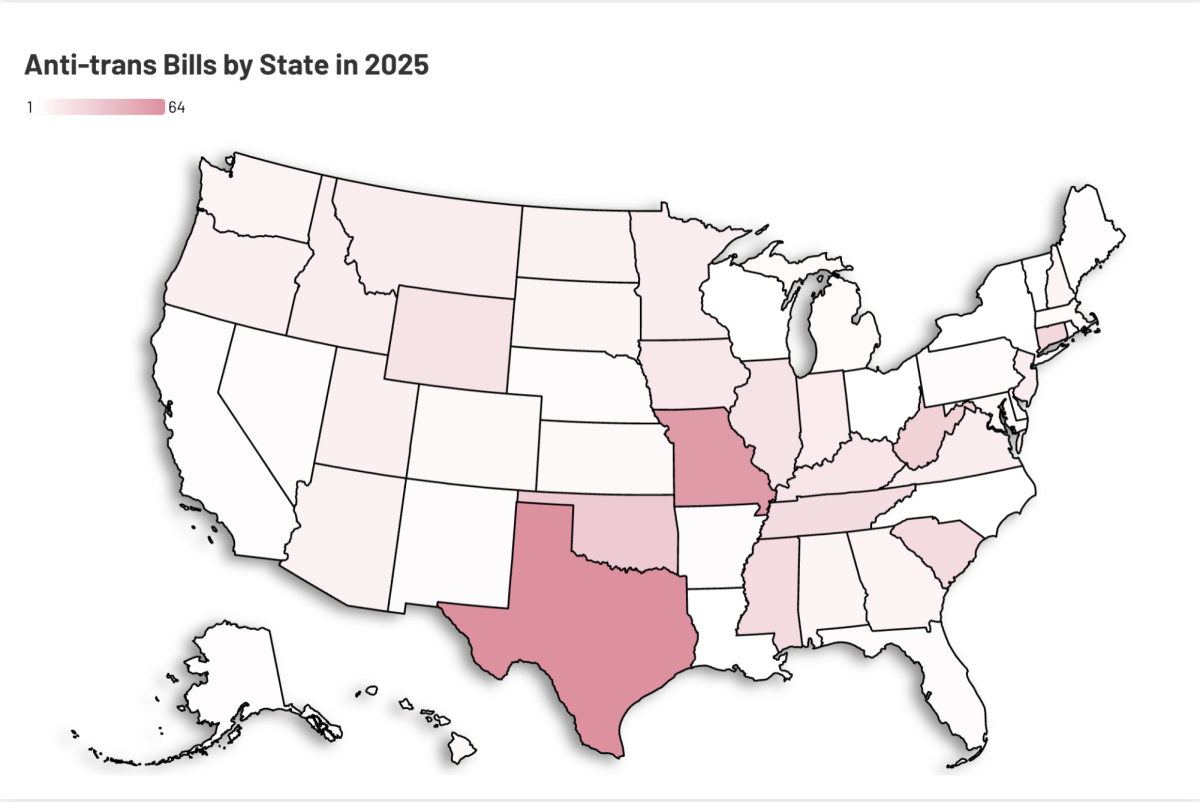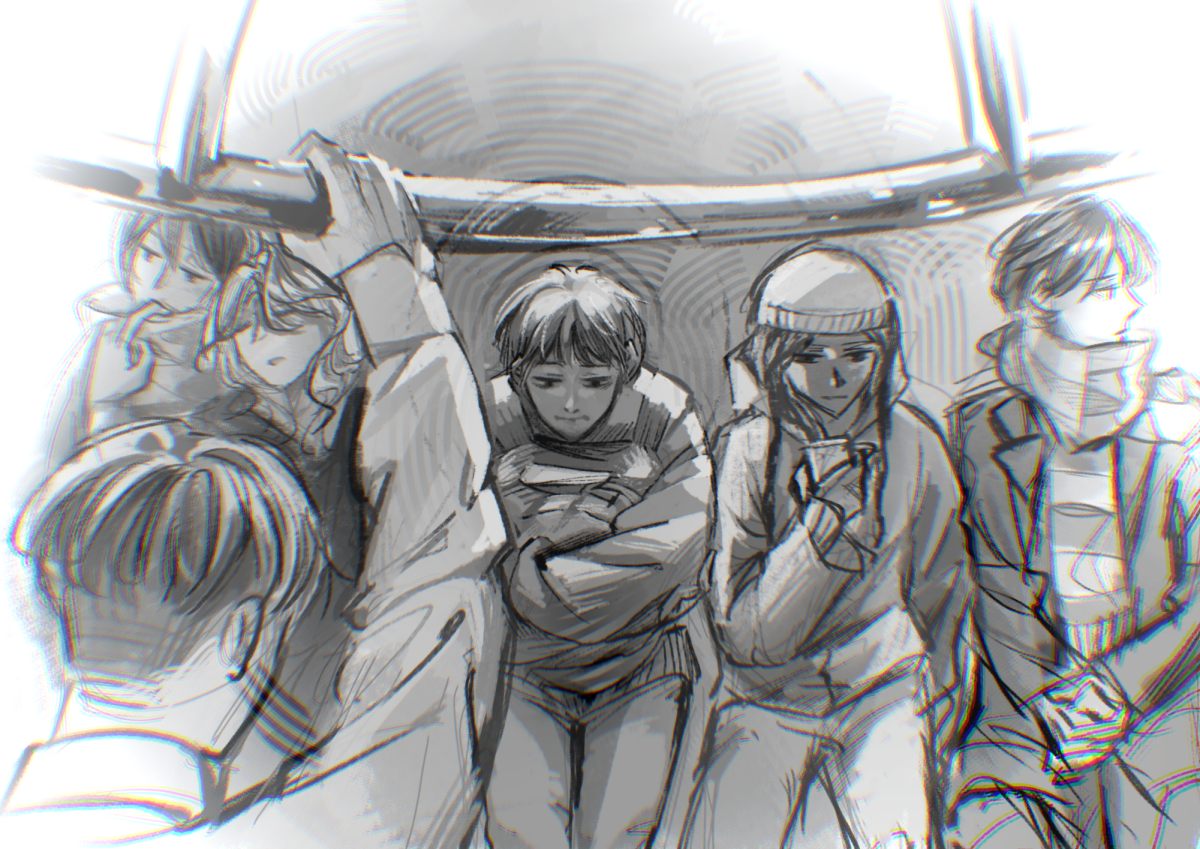On September 29th, flooding from record-breaking rainfall caused widespread closure of New York City’s subway system and Metro-North. The water submerged the region, amounting to just over 8 inches at John F. Kennedy Airport and 4.10 inches in Westchester County.
In Mamaroneck, citizens waded through the roads turned rivers. Flash floods sealed the fate of cars and called for the deployment of rescue rafts. Governor Kathy Hochul also declared a state of emergency, urging New Yorkers to use caution and be wary of drowned thoroughfares.
According to Upper School Student Activities & Transportation Coordinator, Ed Gormley, about 300 upper and lower school students are registered to commute to and from school via bus. This includes a mix of district-run vehicles, parent-funded vans, and private Masters shuttles. A handful of students also rely on Metro-North. That Friday, numerous public school districts elected to not send their drivers to Masters. In response to the precarious conditions, the weather decision team sprang into action, troubleshooting for stranded students, and securing them rooms in the dorms.
The team includes members of the grounds committee: Daniel Pereira, director of operations and Craig Dunne, head of engineering and maintenance, along with Head of School, Laura Danforth; Peter Newcomb, head of upper school; Tasha Elsbach, head of middle school; and Gormley.
This group bears the critical responsibility of determining the School’s response to inclement weather. Gormley explained that when a storm or other extreme natural events occur in the region, they gather to decide if it is acceptable to open Masters, or if a delay or canceled classes are essential. He emphasized, “Safety really is the top priority.”
Talia Hird, freshman and Cold Spring resident, was left to her own transportation devices on September 29. Hird usually commutes via Metro North, but due to the train system’s partial closure, she was unable to return home. “I was definitely like really scared at first,” she recalled, “What was I going to do? I wasn’t going home, I was kind of freaked out.”
Hird ended up being one of 11 day students that took refuge in the dorms.
Similarly, Max Lichtman ‘26 had his trip home violently interrupted by the downpour. Lichtman’s typical route to New York City’s Upper West Side takes about 45 minutes by bus. Instead, he diverted to a friend’s house in New Jersey to seek shelter out of harm’s way.
Explaining his decision for his unconventional rest stop, Lichtman said, “One of the people on my bus had decided to take an Uber. And so for me, I was like, I don’t know if it’s that safe… it was much safer to go to New Jersey than New York City.”
This deluge – though rapid – wasn’t alone in its gravity. Torrential rain in New York has brought immense flooding to the area before. When Hurricane Ida hit in September 2021, 2.77 inches of rain drenched JFK Airport, and Central Park was covered in 7.19 inches, The New York Times reported.
Gormley recalled a weather event in Nov. 2019, which also caused a Masters-style sleepover. “We had a snow storm,” he said. “There were students in the basement of Park Cottage, I had students in my house. We had about 30 students stay over.”
So, what is being done to address the extreme flooding? On September 22, 2023, Hochul signed two laws into effect that are focused on protecting New Yorkers from the effects of intense flooding. The first gives home buyers the right to be informed whether their prospective property is stationed in a flood-risk region. The second requires the New York State Department of Environmental Conservation to allow and encourage the implementation of living shorelines.
The United States Department of Agriculture (USDA) also suggests that resurrecting the natural coastal habitats, and supporting the organisms in the ecosystems that line New York’s waterways, could reduce natural disaster damage.
Although eco-conscious solutions hold promise, they are faced with a relentless adversary – global warming. The month of September experienced higher-than-average temperatures and a heat wave with highs in the 90s. Warmer temperatures cause intensified storms, which have become more common as a result of climate change. These bouts of heavy rainfall induce flash flooding, suggesting that the September 29 cloudburst may be just one of many to come.
According to Gormley, day and 5-day students have only had to stay overnight at Masters twice in his seven-year career as transportation coordinator. Nevertheless, there is concern that future weather events may result in similar effects on commuting to and from Masters.








